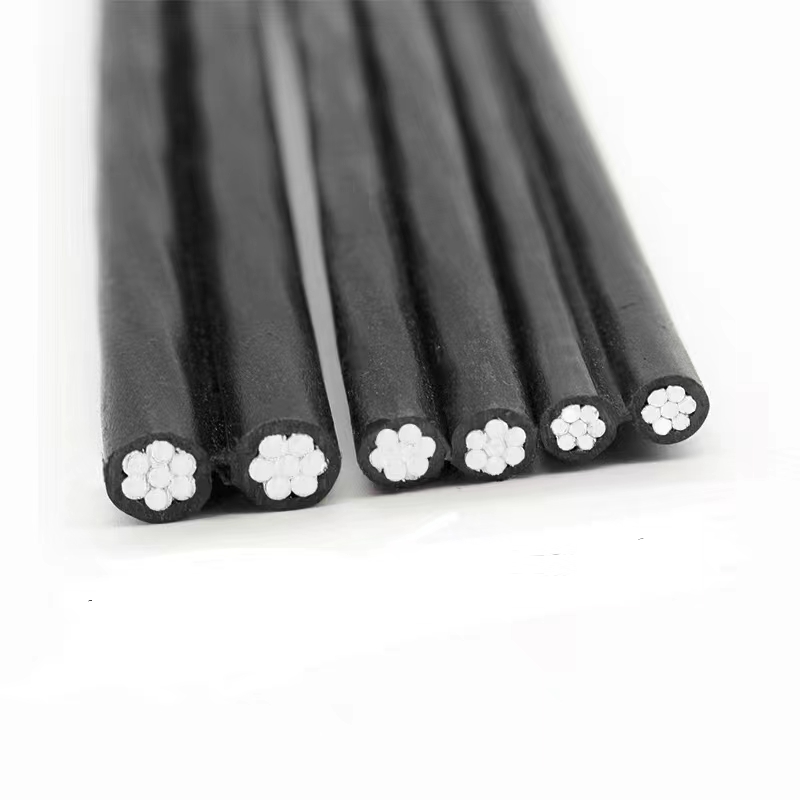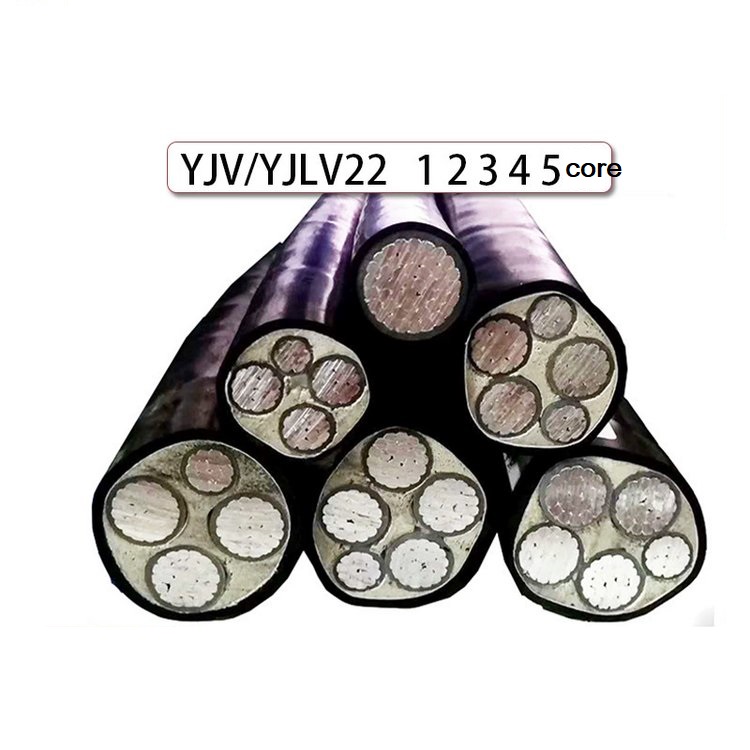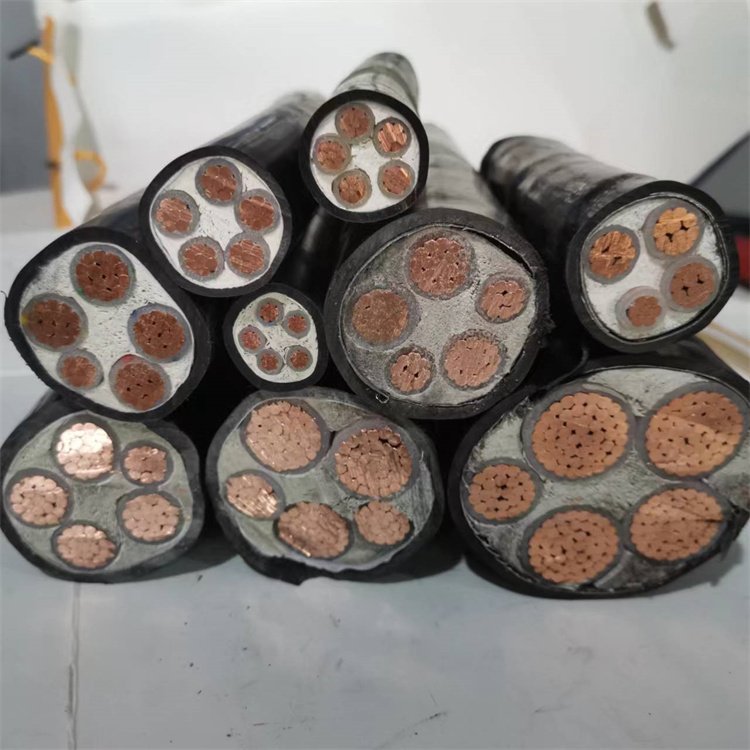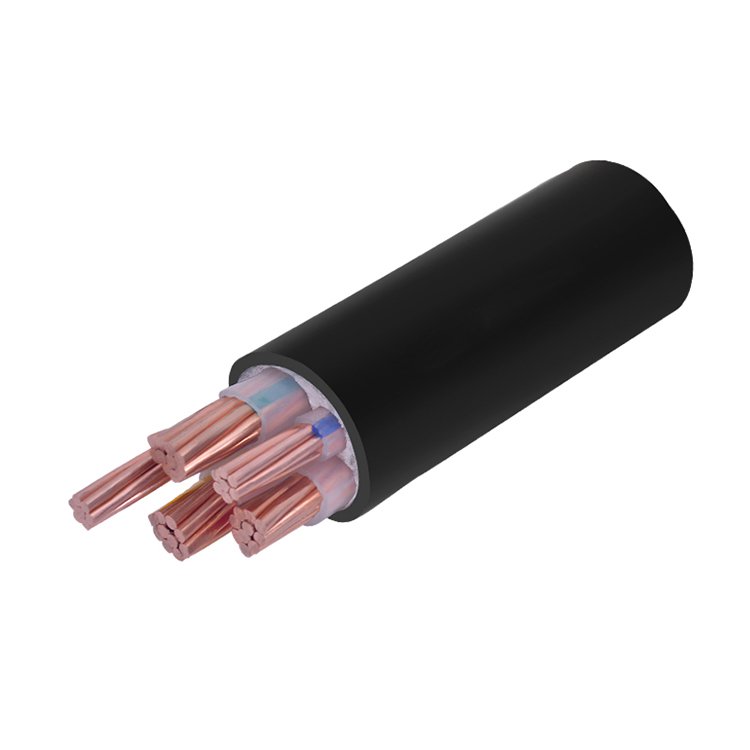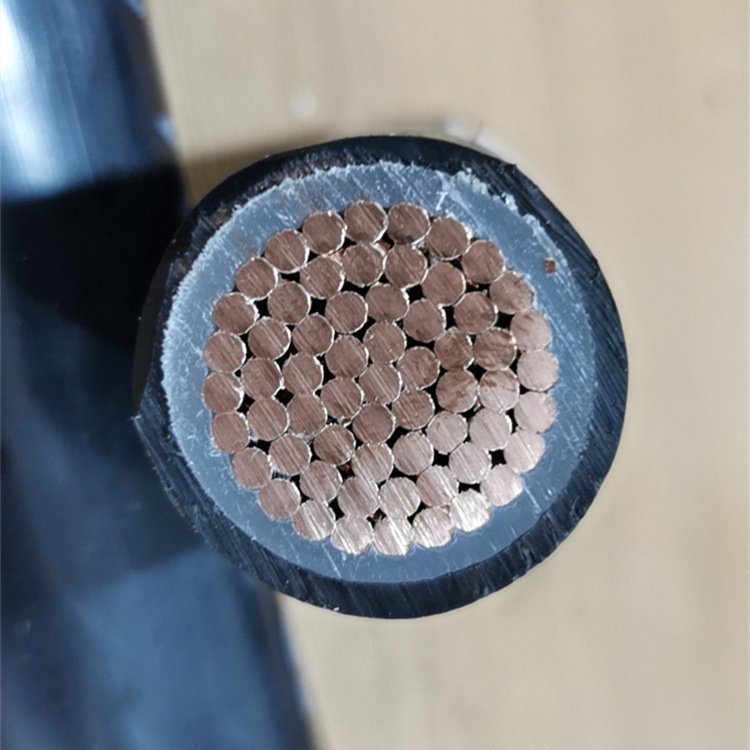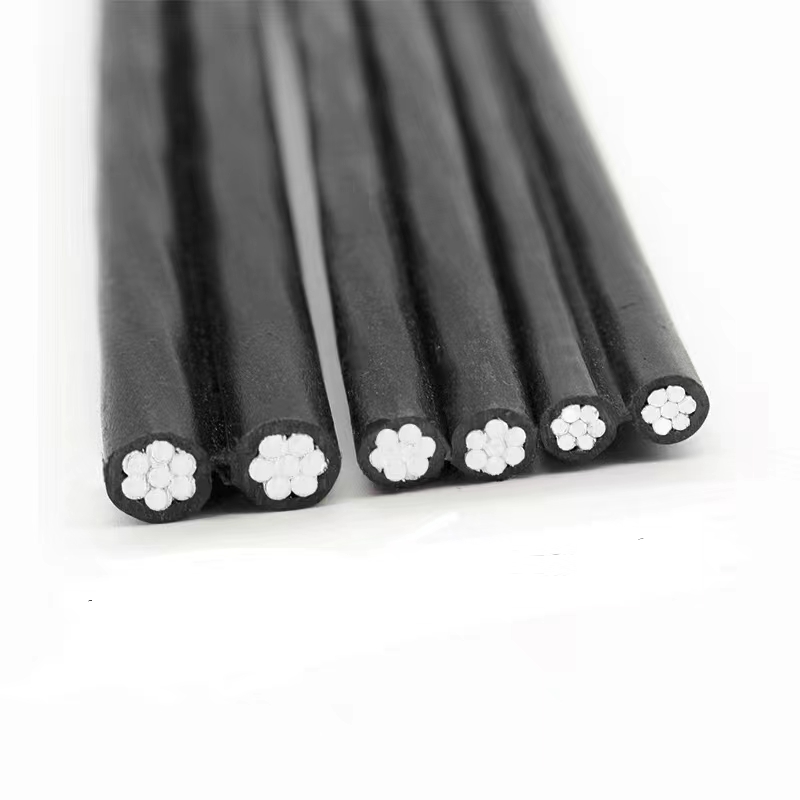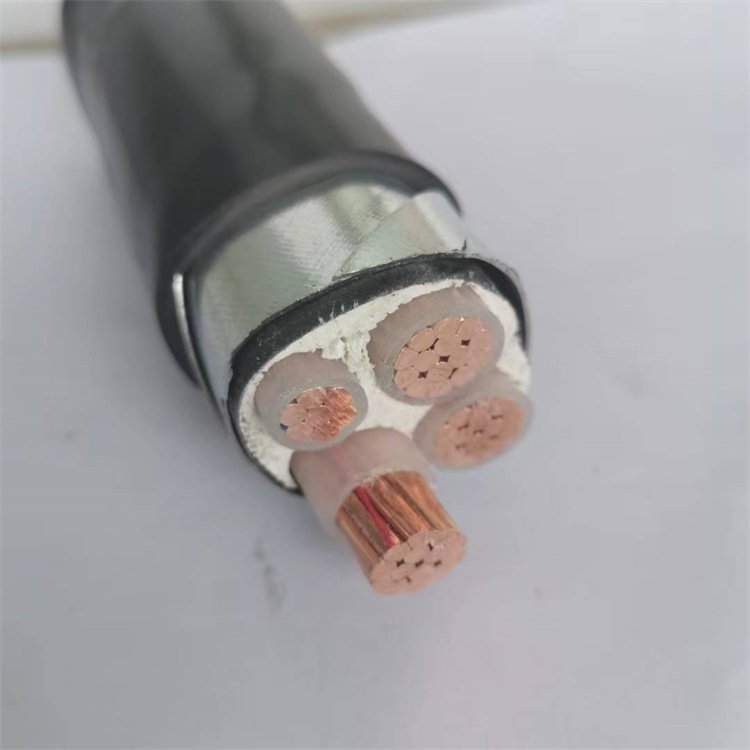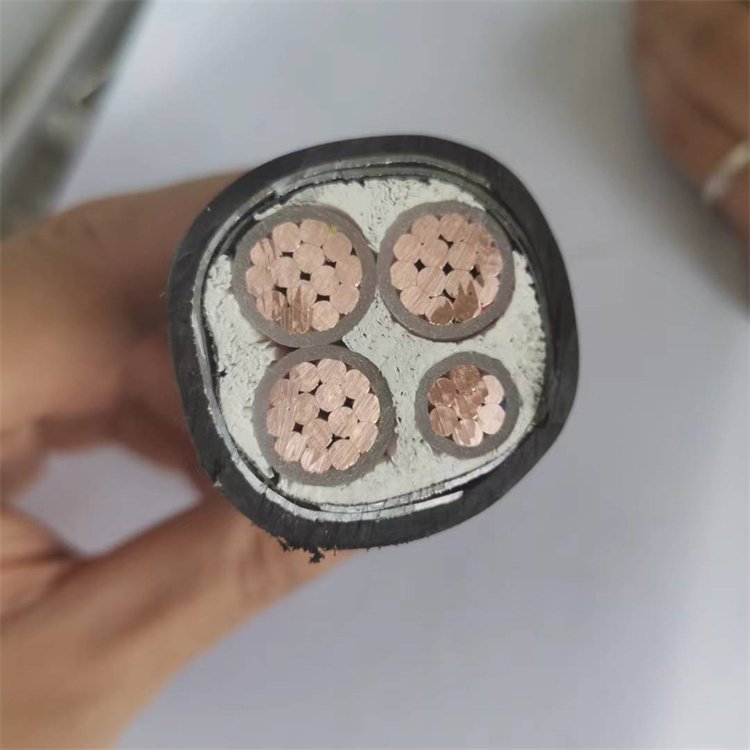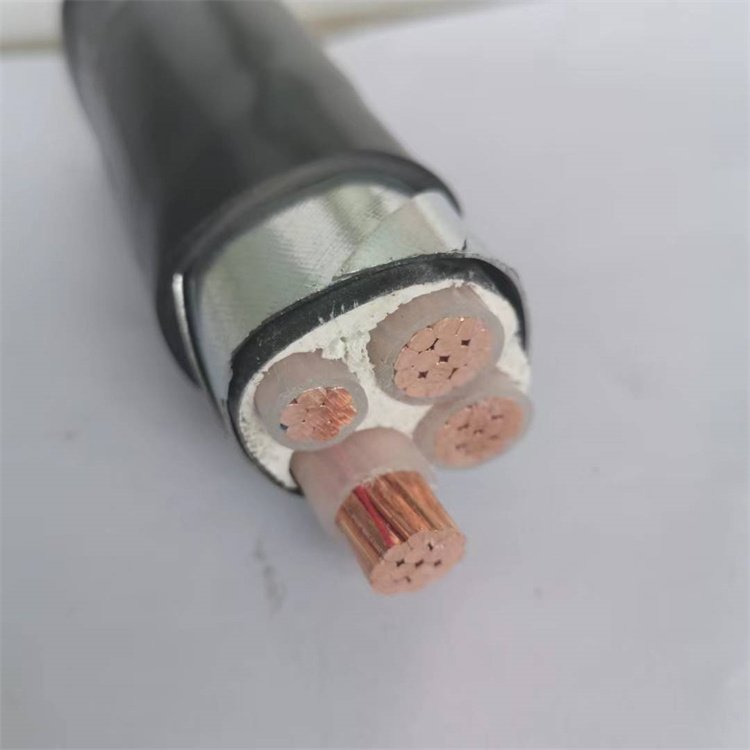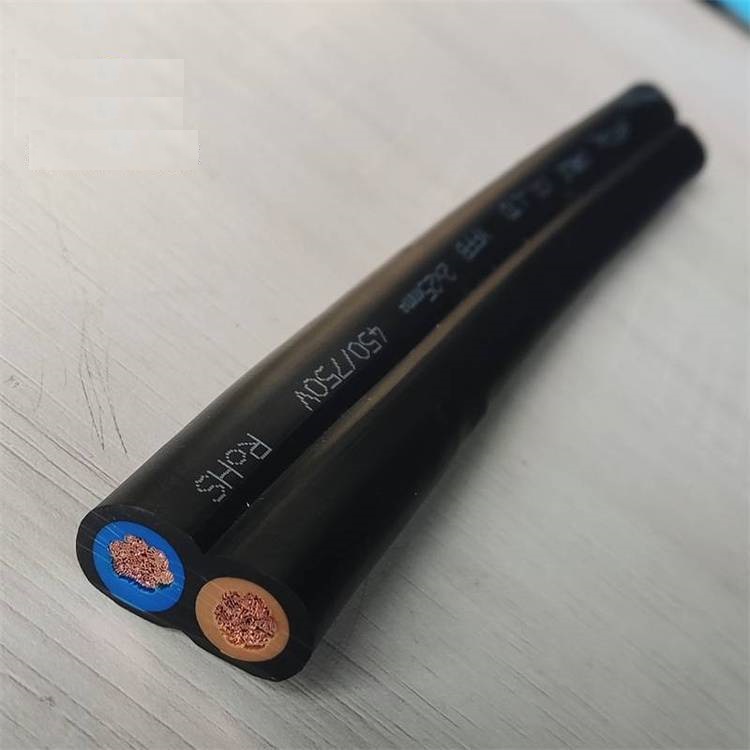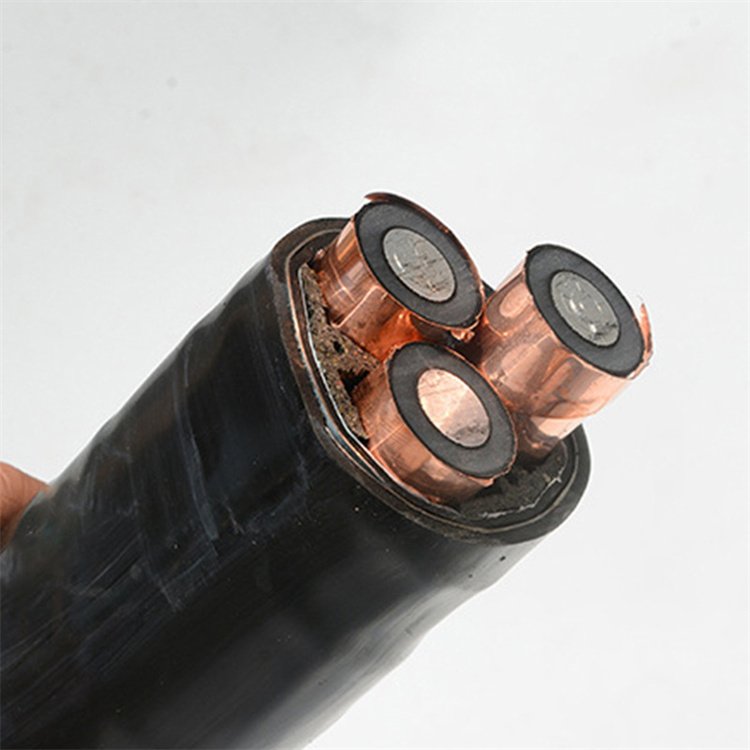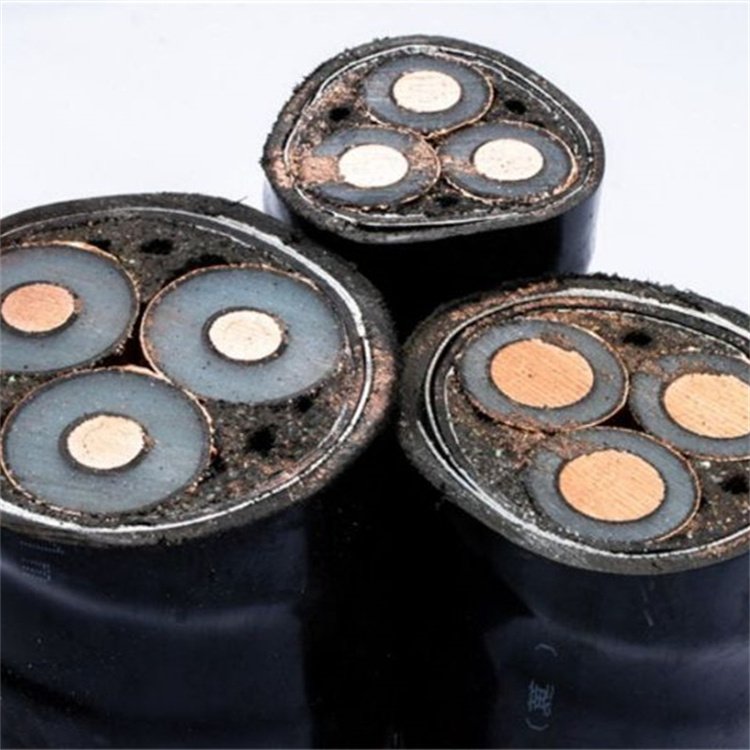wire and cable copper core wire 2core*25mm² 0.6KV/1KV China Manufacturer
China wire and cable copper core wire 2core*25mm² 0.6KV/1KV with High-Quality, Leading wire and cable copper core wire 2core*25mm² 0.6KV/1KV Manufacturers & Suppliers, find wire and cable copper core wire 2core*25mm² 0.6KV/1KV Factory & Exporters.
Learn More Get a QuoteYJV22 high voltage cable 3-core 70 square copper China Manufacturer
China YJV22 high voltage cable 3-core 70 square copper with High-Quality, Leading YJV22 high voltage cable 3-core 70 square copper Manufacturers & Suppliers, find YJV22 high voltage cable 3-core 70 square copper Factory & Exporters.
Learn More Get a Quote10KV 35KV high-voltage cable 1core 3core 70m2 95m2 China Manufacturer
China 10KV 35KV high-voltage cable 1core 3core 70m2 95m2 with High-Quality, Leading 10KV 35KV high-voltage cable 1core 3core 70m2 95m2 Manufacturers & Suppliers, find 10KV 35KV high-voltage cable 1core 3core 70m2 95m2 Factory & Exporters.
Learn More Get a QuoteXLP series Copper core HV/LV power cable China Manufacturer
China XLP series Copper core HV/LV power cable with High-Quality, Leading XLP series Copper core HV/LV power cable Manufacturers & Suppliers, find XLP series Copper core HV/LV power cable Factory & Exporters.
Learn More Get a QuoteXLPE Insulated Aerial Cable with Voltage 11KV China Manufacturer
China XLPE Insulated Aerial Cable with Voltage 11KV with High-Quality, Leading XLPE Insulated Aerial Cable with Voltage 11KV Manufacturers & Suppliers, find XLPE Insulated Aerial Cable with Voltage 11KV Factory & Exporters.
Learn More Get a QuoteCopper Core Low Voltage Instrumentation Cable China Manufacturer
China Copper Core Low Voltage Instrumentation Cable with High-Quality, Leading Copper Core Low Voltage Instrumentation Cable Manufacturers & Suppliers, find Copper Core Low Voltage Instrumentation Cable Factory & Exporters.
Learn More Get a QuoteYJV high/low voltage power cable with four core China Manufacturer
China YJV high/low voltage power cable with four core with High-Quality, Leading YJV high/low voltage power cable with four core Manufacturers & Suppliers, find YJV high/low voltage power cable with four core Factory & Exporters.
Learn More Get a QuoteLow/high YJV copper cable with four core China Manufacturer
China Low/high YJV copper cable with four core with High-Quality, Leading Low/high YJV copper cable with four core Manufacturers & Suppliers, find Low/high YJV copper cable with four core Factory & Exporters.
Learn More Get a QuoteSingle Core Copper Low Voltage Unarmoured cable China Manufacturer
China Single Core Copper Low Voltage Unarmoured cable with High-Quality, Leading Single Core Copper Low Voltage Unarmoured cable Manufacturers & Suppliers, find Single Core Copper Low Voltage Unarmoured cable Factory & Exporters.
Learn More Get a QuoteYJV low/high voltage copper cable with four core China Manufacturer
China YJV low/high voltage copper cable with four core with High-Quality, Leading YJV low/high voltage copper cable with four core Manufacturers & Suppliers, find YJV low/high voltage copper cable with four core Factory & Exporters.
Learn More Get a Quotemedium and high voltage three phase copper cable China Manufacturer
China medium and high voltage three phase copper cable with High-Quality, Leading medium and high voltage three phase copper cable Manufacturers & Suppliers, find medium and high voltage three phase copper cable Factory & Exporters.
Learn More Get a QuoteDurable high voltage copper core/aluminum core cable China Manufacturer
China Durable high voltage copper core/aluminum core cable with High-Quality, Leading Durable high voltage copper core/aluminum core cable Manufacturers & Suppliers, find Durable high voltage copper core/aluminum core cable Factory & Exporters.
Learn More Get a QuoteOverview of Power Cables
Power cables are widely used in urban underground power grids, power plant outgoing lines, internal power supply of mines and enterprises, and underwater transmission lines. They can transmit and distribute high-power electricity, with voltage levels ranging from 1-500kV and above. Its history can be traced back over a hundred years, first invented by American inventor A. Edison. Due to its merits, such as large transmission capacity, long distance, and low energy loss, the application proportion of power cables in power systems is gradually increasing. With the development needs of renewable energy and smart grids, their application prospects are broad.
Characteristics of Power Cables:
Large transmission capacity: Power cables can transmit high-power electrical energy, suitable for urban underground power grids, power station outgoing lines, internal power supply of mines and enterprises, and underwater transmission lines.
Long transmission distance: The transmission distance of power cables is usually long, which can meet the needs of long-distance transmission.
Low energy loss: Compared to overhead lines, power cables have lower energy loss and can effectively reduce energy waste.
Small footprint: Power cables are laid underground and do not occupy ground space, which can reduce the occupation of ground resources.
High operational reliability: Power cables have high operational reliability and can ensure the stability of power transmission.
Low maintenance cost: Compared to other transmission methods, the maintenance cost of power cables is lower, which can reduce long-term operating costs.
High safety: Power cables are usually buried underground or installed in enclosed pipelines, which are not easily conditioned and damaged by the external environment and have high safety.
Strong durability: Power cables are usually made of high-quality materials, which have good durability and lifespan and can operate stably for a long time.
Robust scalability: Power cables can be easily expanded and escalated to meet the growing demand for electricity.
Environmentally friendly: The use of power cables can reduce damage and pollution to the environment, meeting the requirements of sustainable development.
Application of Power Cables
1. Power system: Power cables are the most important part of the power system for transmitting and distributing electrical energy. It is widely used in urban underground power grids, power station outgoing lines, internal power supply of industrial and mining enterprises, and underwater transmission lines across rivers and seawater. Power cables are used in the backbone lines of the power system to transmit and distribute high-power electrical energy, with voltage levels ranging from 1-500kV or even higher.
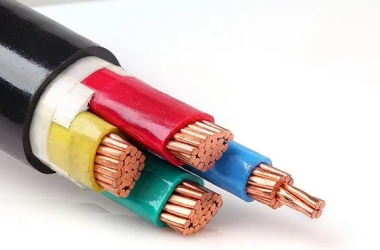
(Power cables)
2. New energy field: With the development of new energy, the application of new power cables, such as solar and wind power cables, is gradually increasing. These cables are mainly used for power transmission in solar photovoltaic and wind power systems.
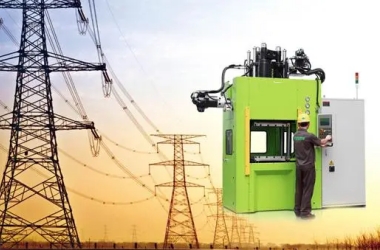
(Power cables)
3. Suburban and rural power supply: In suburban and rural areas, due to the complex geographical environment, it isn't easy to install overhead lines, and power cables have become the main transmission method. By laying cables underground, safe and reliable power transmission can be achieved, improving the stability and reliability of power supply.
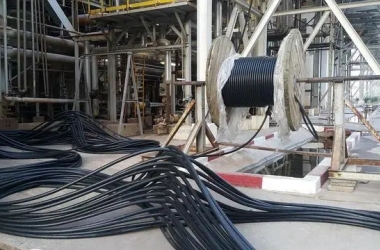
(Power cables)
4. User mainline and switchgear: In the fields of household, commercial, and industrial electricity, power cables connect the user's main switch and various electrical equipment, achieving the transmission and control of electrical energy. Power cables connect the switchgear and primary equipment in the switchgear, achieving the distribution and protection of electrical energy.
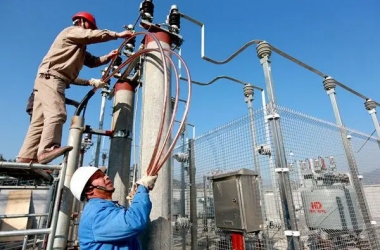
(Power cables)
5. Special environmental applications: In some special environments, such as high temperature, low temperature, strong electromagnetic interference, etc., power cables have good adaptability and can ensure the transmission quality and stability of electrical energy.
Company Profile
PDDN Photoelectronics Technology Co., Ltd. (sales@pddn.com) is a high-tech enterprise specializing in manufacturing, developing, and selling electronic and power semiconductor devices. Since its establishment, the company has been committed to providing high-quality and high-performance electronic devices or semiconductor products to global customers to meet the needs of the constantly developing power electronics industry.
It accepts payment through credit card, T/T, Western Union remittance, and PayPal. PDDN will ship goods to overseas customers via FedEx, DHL, sea or air freight. If you are looking for high-quality power cables, please consult us; we will be here to assist you.

Payment Methods of Power Cables
Letters of credit, wire transfers, Western Union transfers, PayPal, credit cards, etc.
Shipment of Power Cables
According to customer requirements, sea freight, air freight, and express delivery.
Storage Conditions for the Power Cables
1. Storage environment: Power cables should be stored in a well-ventilated, dry, noncorrosive odor, sun-free, and rain-free environment. Meanwhile, the room temperature should be maintained between 15 ℃ and 35 ℃, and the relative humidity should not exceed 85%.
2. Avoid mixing harmful substances: Cables should not be mixed with harmful gases, oils, sulfides, and other harmful substances to prevent corrosion or damage to the cables.
3. Placement: The placement of cables should consider various situations, such as under eaves, exterior walls, inside pipes, or suspended applications, to avoid direct exposure to sunlight or human damage.
4. Special requirements: For cables stored for a long time, the following considerations should be taken: under eaves, on exterior walls, inside pipes (plastic or metal), suspended/overhead cables, and underground pipes.
FAQ
Q1
What is the role of power cables in the power system?
Re:Power cables are mainly used for transmitting and distributing electrical energy in the power system. They are widely used in urban underground power grids, power plant outgoing lines, internal power supply of industrial and mining enterprises, as well as underwater transmission lines crossing rivers and seawater. They are essential components of the power system.
Q2
What are the main types of power cables?
Re:Power cables can be classified into various types according to different classification standards. Insulation materials can be divided into oil immersed paper insulated cables, plastic-insulated cables, rubber-insulated cables, special cables, etc. According to their usage, they can be divided into power cables, control cables, communication cables, mining cables, etc. According to conductor materials, it can be divided into copper core cables, aluminum core cables, etc. According to the number of cores, it can be divided into single-core cables, double-core cables, three-core cables, etc. In addition, there are also categories such as medium and low-pressure power cables (35 kV and below), high-pressure cables (110 kV and above), ultra-high voltage cables (275-800 kV), and ultra-high voltage cables (1000 kV and above).
Q3
What factors affect the transmission capacity and distance of power cables?
Re:Various factors influence the transmission capacity and distance of power cables. Among them, factors such as conductor cross-sectional area, conductor material, insulation material, cable structure, etc., are the primary factors affecting the transmission capacity of power cables. When the cross-sectional area of the conductor is constant, the better the conductivity of the conductor material, the smaller the dielectric constant of the insulation material, the thinner the insulation thickness, the smaller the outer diameter of the cable, and the larger the transmission capacity of the power cable. In addition, the transmission distance of power cables is also affected by factors such as conductor resistance, line impedance, and load impedance.
Q4
In which scenarios is the advantage of low energy loss of power cables reflected?
Re:The advantage of low energy loss in power cables is reflected in many scenarios. Firstly, in long-distance transmission lines, due to the low energy loss of wires, the heating and loss of the line can be reduced, thereby reducing the maintenance cost and safety risk of the line. Secondly, in urban underground power grids, due to the low energy loss of cables, the thermal impact and noise pollution on the surrounding environment can be reduced, and the living environment and energy utilization efficiency of the city can be improved. In addition, in the internal power supply of industrial enterprises, the low energy loss of cables can enhance the production efficiency and economic benefits of the enterprise.
Q5
What are the laying methods for power cables?
Re:The laying methods of power cables mainly include direct burial laying, pipe laying, tunnel laying, overhead laying, etc. Direct burial laying refers to burying cables directly in underground soil, suitable for shorter lines and lines that do not require frequent movement. Pipe laying is the process of laying cables in prefabricated pipes, ideal for longer routes and those that need regular movement. Tunnel laying is the process of laying cables in dedicated tunnels suitable for laying underground power grids and essential power lines in large cities. Aerial laying is the installation of wires in the air, ideal for temporary lines and lines crossing obstacles.

